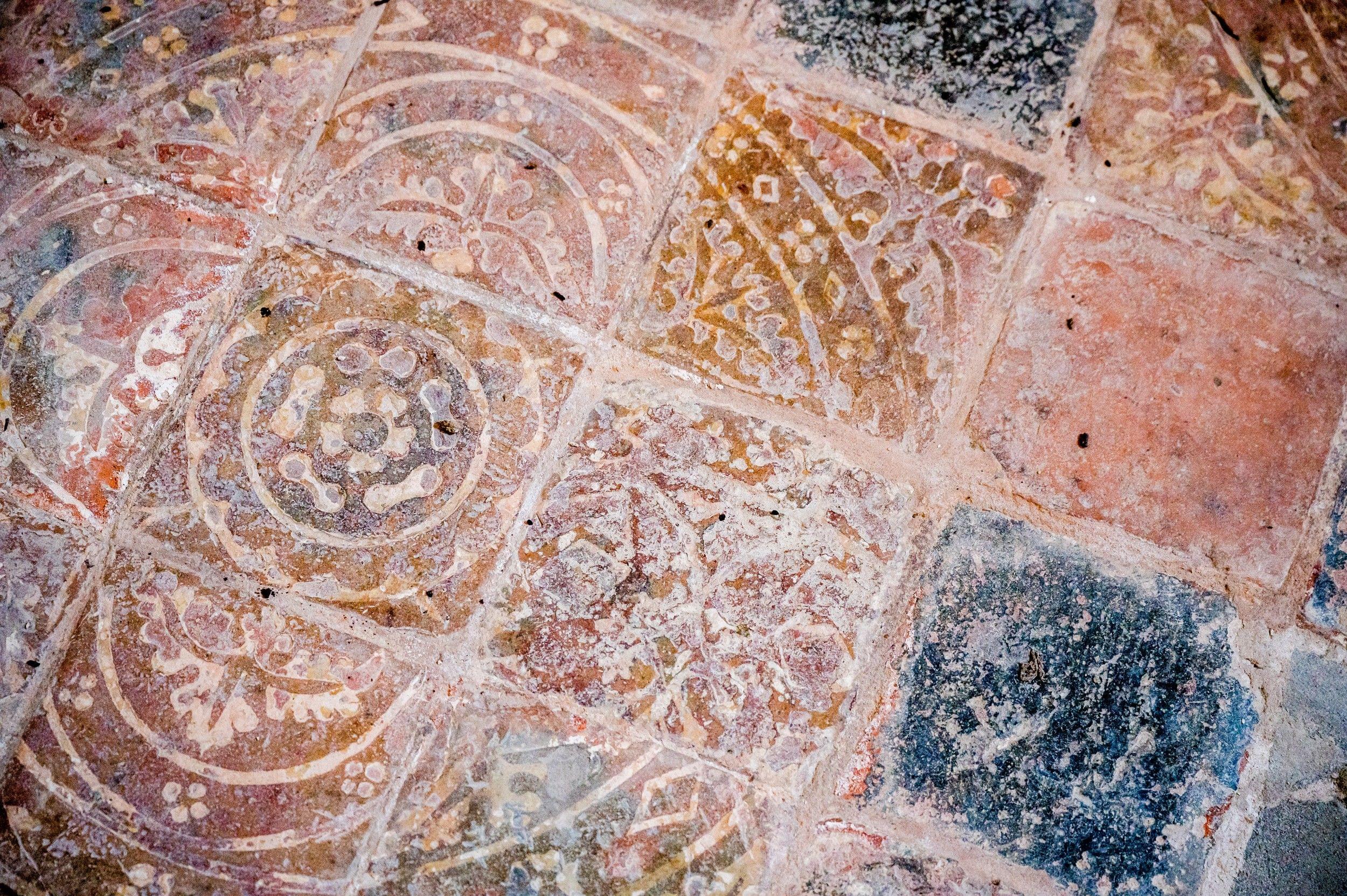Lancaster Cathedral
Lancaster, Lancashire
St Peter's was seen to reflect a bygone era when the glory of a Catholic England was unopposed and unsurpassed.

The church as we see it now dates from the Saxon period but the original church was probably Celtic, right beside the sea with views across Morecambe Bay to the mountains of Cumbria and containing many important artifacts including the world famous Hog Back Stone, a Viking grave stone.
Heysham, Lancashire
It is believed that a church was founded on this site in the 7th or 8th century. In 1080 it was recorded that the location was the site of an old Saxon church. Some of the fabric of that church remains in the present church. The chancel was built around 1340-50 and the south aisle was added in the 15th century. The north aisle was added in 1864 and other extensions and restorations were carried out by the Lancaster architect EG Paley. At that time an Anglo Saxon doorway was moved and rebuilt in the churchyard, and two galleries which had served as private pews with their own entrances were taken down.
The church is built in sandstone rubble with stone slate roofs. Its plan consists of a three bay nave with north and south aisles under a continuous roof, a lower two bay chancel with north and south aisles under pitched roofs, the south aisle containing a chapel, a south porch and a bellcote containing two bells on the west gable. The west front has a pair of buttresses between which is a blocked Anglo Saxon round headed doorway. Above this is a two light 19th century window. The east window of three lights dates from around 1300 as does the two light window in the south wall of the chancel. Built into the chancel walls are coffin lids and the gravestone of a 17th-century vicar. The octagonal sandstone font probably dates from the 16th century. The chancel arch has early Norman capitals with rope mouldings.
In the south chancel aisle is a Viking hogback stone and on the west wall is a medieval sepulchral slab with a floriated cross and sword., External features In the churchyard is the rebuilt Anglo Saxon sandstone archway moved from the church in the 19th century.There is also a sandstone sundial shaft dated 1696, and a medieval sandstone coffin. Also in the churchyard is the lower part of the decorated shaft of an Anglo Saxon cross on a modern sandstone base. It is a scheduled monument. In addition, the churchyard contains the war graves of eight Commonwealth service personnel of World War I, and three of World War II.
Lancaster, Lancashire
St Peter's was seen to reflect a bygone era when the glory of a Catholic England was unopposed and unsurpassed.
Slyne with Hest, Lancashire
The church is in the centre of the village, surrounded by beautiful grounds which include a small Garden of Remembrance.
Bolton le Sands, Lancashire
Visit us in beautiful Bolton Le Sands and see our Viking stone artefacts.